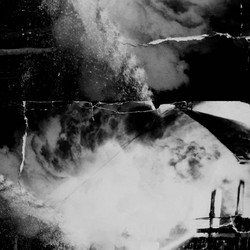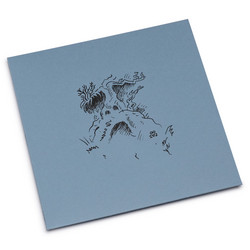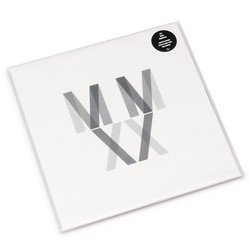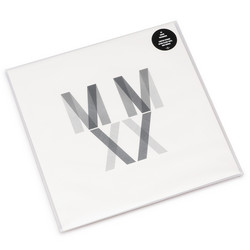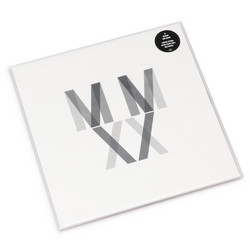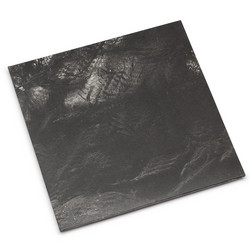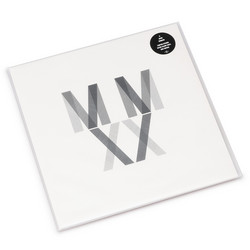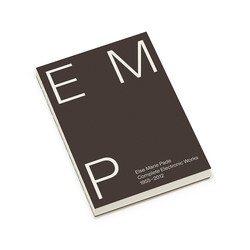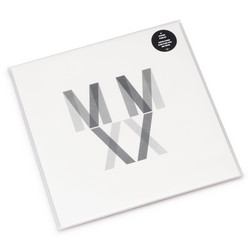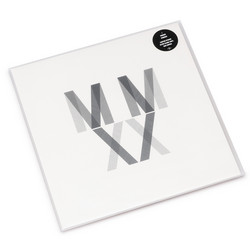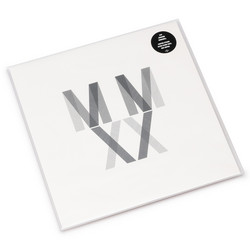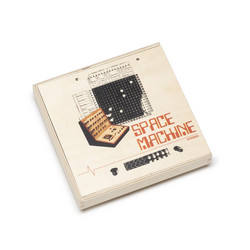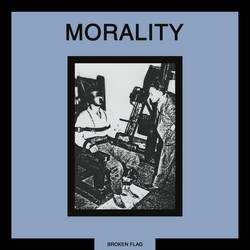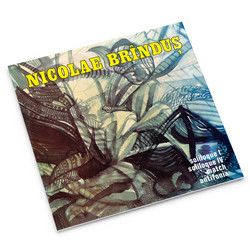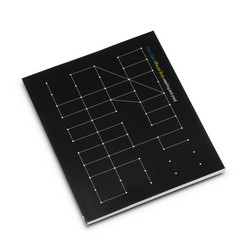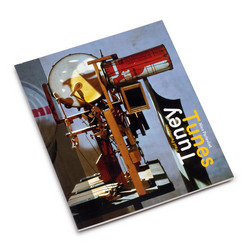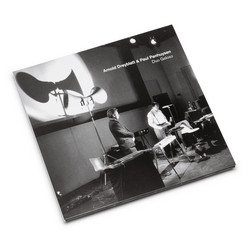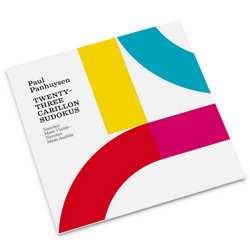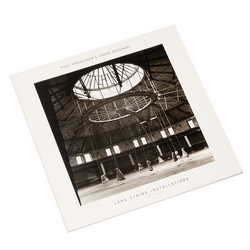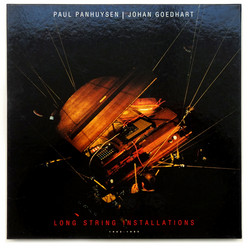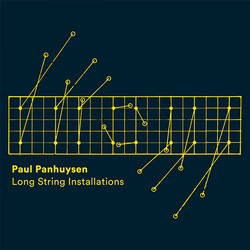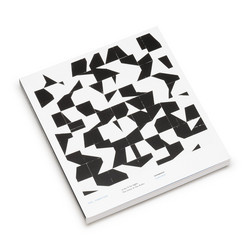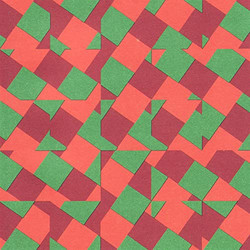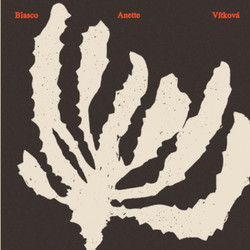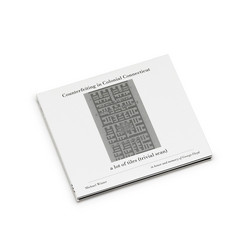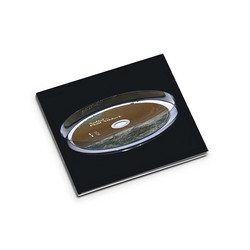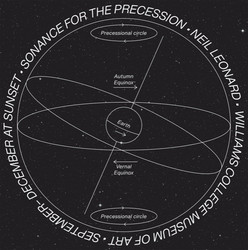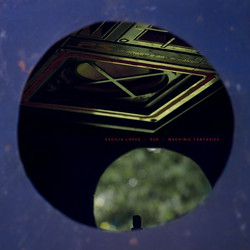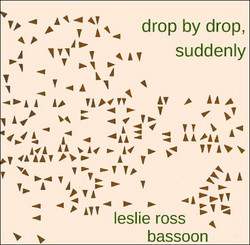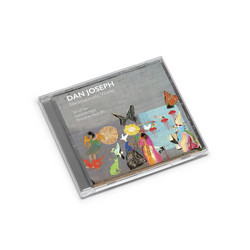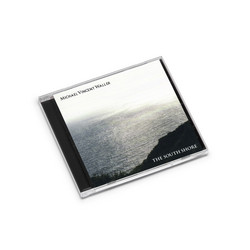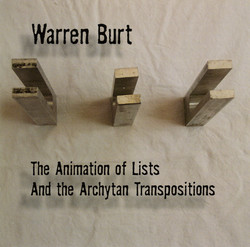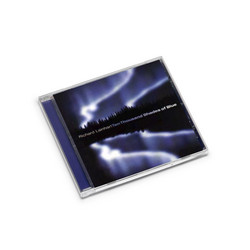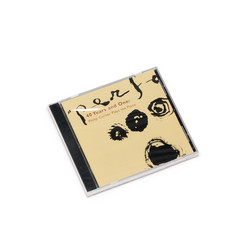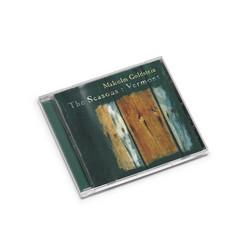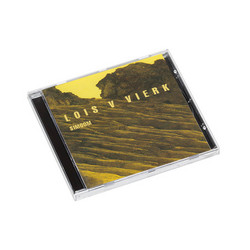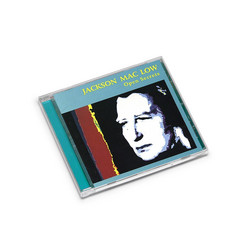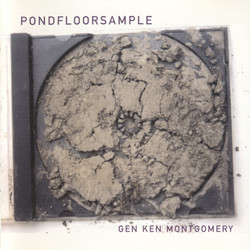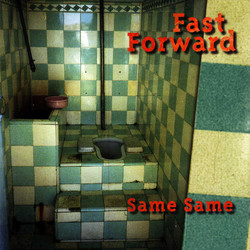Restocked. "Two aspects were of central interest to him: different tunings and density of sound. He made an installation in the large space of Het Apollohuis, stretching four strings lengthwise and attaching them to the wooden wall on the far end, which served as a resonator. He did not use automatons or electric amplification. He played the strings by brushing them, walking back and forth at an even pace. His aim was to make his playing as continuous and even as possible. For each partita he recorded his playing four times, superimposing these recordings over each other and listening to the earlier recordings over headphones whilst playing. The total sound of each partita is produced by sixteen strings. The three partitas differ in the systems according to which the strings are tuned. These tunings can be regarded as the score for each piece. In Partita I all strings are tuned to the same pitch. In Partita II and III each string is tuned differently, and after each take they were tuned to new pitches....The result is a considerable difference in overall texture between the three pieces." - René van Peer
"The basic ingredients of Paul Panhuysen's art, both visual and aural, are all here, and I think that can be fairly well summarized with three words: minimal, rational and libertarian. The partitas are minimal, because there is really only one idea - playing unamplified long strings. They are rational, because as always, Panhuysen has found a way to place a rational structure on top of his work - in this case a form and a tuning system. It is libertarian, because like John Cage, and so many since John Cage, he lets the music do what it wants to do - in this case the wires vibrate however they need to." - Tom Johnson
Included with the CD is a 32-page booklet which details the history of Paul Panhuysen's work with installations through pictures and text.


